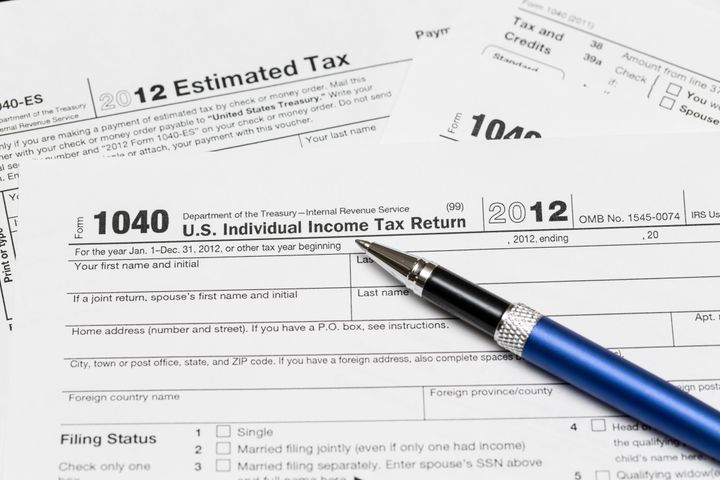
This year we certainly have seen a great deal of talk on individual tax return statistics due to the presidential election, Taxmaggedon, and the fiscal cliff. Everyone's talking about who pays taxes, how much, the "fair share," tax rates and other tax payments, filing statistics... the list goes on.
As the current tax year closes and the next tax season approaches (at least, we hope it does and the fiscal cliff gets avoided), I thought it would be helpful and informative to highlight some past tax statistics and details related to tax filings in general and even some guidance on how you can make the most of this information.
Due to the large number of tax filers and the final extension date (October 15) for the tax year, 2010 is the most recent year with in-depth estimated statistics.
More than 142 million people filed a return in 2010. Seventy-six percent of those files received an average refund of $2,913. The average balance due, for those who owe when they file their taxes, is just slightly over $4,000. Of all filers, only one-third itemized deductions in 2010. Why?
Many people who claim the standard deduction are not aware of all of the allowed deductions. Often, people forget to consider their taxes paid to the state, personal property taxes on vehicles and other personal property paid to a state or local government. You know, that pesky annual tax on your vehicles many states charge.
Of those taxpayers with a refund, more than 76 percent used e-file and direct deposit. E-file and direct deposit is one of the safest, most secure ways to file your tax return and protect your identity and your income. Using e-file and direct deposit reduces the number of individuals handling your personal information, plus your money is available as soon as the bank accepts the deposit from the Treasury Department.
April 15 is typically the date people associate with filing their tax return, and while millions of taxpayers do wait until the final days, not everyone does. More than 50 million taxpayers generally file before the end of February each year and that is definitely a best practice. If you are due a refund, you get your money earlier and if you owe a balance due, you still do not have to pay the balance until the tax return due date. Also by filing early you help protect yourself from identity theft and refund fraud.
More than 48 million taxpayers claimed dependent children. Everyone is familiar with claiming their minor children as a dependent, but did you know you can claim your adult child who has lost their job and moved back home if their income is less than $3,800 and you provide more than half their support?
How about your parents? Are you supporting a parent whose taxable income is less than $3,800? If so you can claim them as a dependent. Almost 3 million taxpayers claimed their parent or parents as a dependent last year.
These are just a few examples. There are many other public tax return statistics at www.irs.gov that show a great many things about how and when Americans file their tax returns. While there is NO detailed taxpayer information, there is plenty of other information that can help you see what others are doing and may even help you find some overlooked deductions, motivate you to file earlier or help you realize other tax benefits you have not thought of yet.
To find more tax statistics, check out the Tax Stats page on www.irs.gov.